‘The final sports racing expression of the Porsche four-cylinder line came in 1964 with the arrival of the 904 GTS coupé. It not only took the first two places in that year’s Targa Florio event but was also second in the 1965 Monte Carlo Rally and scored a host of class wins, in addition to numerous other competition successes.’ – Jonathan Wood, Porsche: The Legend. Having axed its expensive Formula 1 programme at the end of 1962, a commitment that placed a heavy burden on the German manufacturer’s limited technical resources, Porsche turned once more to sports car racing as a means of improving and marketing its road car range. The Type 356-based Abarth-Carreras had flown the Porsche flag in international GT racing during the early 1960s, but an entirely new design was now deemed necessary to meet the strengthening opposition. A minimum of 100 road-usable cars had to be made to meet the FIA’s homologation requirements, a stipulation that made a complex spaceframe design like the Type 718 RSK a non-starter, so Porsche’s Technical Director, Dr. Hans Tomala started with a clean sheet. Colin Chapman’s revolutionary Lotus Elite, with its glassfibre body/chassis, had demonstrated the potential of composite materials for structural use in cars, and this technology was embraced in the design of Porsche’s new mid-engined GT racer, the Type 904. Tomala though, opted for a chassis comprising a pair of steel, cross-braced, box sections, to which the glassfibre bodyshell was bonded. The engine and suspension were bolted directly to the steel structure, thereby reducing the transmission of noise and vibration to the passenger compartment, problems that had afflicted the all-composite Elite. Designed by Ferry Porsche’s eldest son, ‘Butzi’, the body was manufactured by the Heinkel aircraft company and is widely recognised as one of Porsche’s most elegant, while the Zuffenhausen firm’s recent Formula 1 experience was reflected in the 904’s state-of-the-art suspension, which featured double wishbones all round. Although developed at the same time as Porsche’s new Type 901 six-cylinder road car, which would enter production in 1964 as the 911, the 904 used the 356 Carrera 2’s tried and tested Type 587 2.0-litre four-cylinder engine. The new six would not be ready in time in any case, but with an eye on future developments, the 904’s engine bay was made big enough to accommodate it, as well as the 2-litre version of the F1 flat eight. In road trim, the 587/2 produced 155bhp, with 180 horsepower available when fitted with the full racing exhaust system. The five-speed gearbox incorporated internals developed for the 911’s transmission, but used a different casing that reflected the 904’s mid-engined layout. The 904 made its competition debut in the USA in February 1964 when an example entered in the prototype class at Daytona failed to finish. At Sebring in March, the 904 scored its first international success, the Cunningham/Underwood car winning its class and finishing 9th overall behind a multitude of Ferraris. While the small-capacity Porsches had always struggled to match the pace of the larger-engined opposition on fast tracks, at the punishing Sicilian Targa Florio, which was run along the lines of a tarmac rally, the nimble 2-litre cars were at much less of a disadvantage. Indeed, the German manufacturer had won the Sicilian classic on three occasions since the race first formed part of the World Sportscar Championship in 1958, and the 904 underlined its pedigree by scoring a debut win in the hands of Colin Davis and Antonio Pucci. In May, Ben Pon and Gunther Koch took 3rd place at the Nürburgring 1,000kms in a production 904, while at Le Mans all five 904s entered finished, the highest in 7th place overall. The 904’s attraction as a competitive customer car was further underlined at the Reims 12 Hours where eight finished in the top 20, the highest in 5th place. Its exceptional versatility was demonstrated at the start of the 1965 season
‘The final sports racing expression of the Porsche four-cylinder line came in 1964 with the arrival of the 904 GTS coupé. It not only took the first two places in that year’s Targa Florio event but was also second in the 1965 Monte Carlo Rally and scored a host of class wins, in addition to numerous other competition successes.’ – Jonathan Wood, Porsche: The Legend. Having axed its expensive Formula 1 programme at the end of 1962, a commitment that placed a heavy burden on the German manufacturer’s limited technical resources, Porsche turned once more to sports car racing as a means of improving and marketing its road car range. The Type 356-based Abarth-Carreras had flown the Porsche flag in international GT racing during the early 1960s, but an entirely new design was now deemed necessary to meet the strengthening opposition. A minimum of 100 road-usable cars had to be made to meet the FIA’s homologation requirements, a stipulation that made a complex spaceframe design like the Type 718 RSK a non-starter, so Porsche’s Technical Director, Dr. Hans Tomala started with a clean sheet. Colin Chapman’s revolutionary Lotus Elite, with its glassfibre body/chassis, had demonstrated the potential of composite materials for structural use in cars, and this technology was embraced in the design of Porsche’s new mid-engined GT racer, the Type 904. Tomala though, opted for a chassis comprising a pair of steel, cross-braced, box sections, to which the glassfibre bodyshell was bonded. The engine and suspension were bolted directly to the steel structure, thereby reducing the transmission of noise and vibration to the passenger compartment, problems that had afflicted the all-composite Elite. Designed by Ferry Porsche’s eldest son, ‘Butzi’, the body was manufactured by the Heinkel aircraft company and is widely recognised as one of Porsche’s most elegant, while the Zuffenhausen firm’s recent Formula 1 experience was reflected in the 904’s state-of-the-art suspension, which featured double wishbones all round. Although developed at the same time as Porsche’s new Type 901 six-cylinder road car, which would enter production in 1964 as the 911, the 904 used the 356 Carrera 2’s tried and tested Type 587 2.0-litre four-cylinder engine. The new six would not be ready in time in any case, but with an eye on future developments, the 904’s engine bay was made big enough to accommodate it, as well as the 2-litre version of the F1 flat eight. In road trim, the 587/2 produced 155bhp, with 180 horsepower available when fitted with the full racing exhaust system. The five-speed gearbox incorporated internals developed for the 911’s transmission, but used a different casing that reflected the 904’s mid-engined layout. The 904 made its competition debut in the USA in February 1964 when an example entered in the prototype class at Daytona failed to finish. At Sebring in March, the 904 scored its first international success, the Cunningham/Underwood car winning its class and finishing 9th overall behind a multitude of Ferraris. While the small-capacity Porsches had always struggled to match the pace of the larger-engined opposition on fast tracks, at the punishing Sicilian Targa Florio, which was run along the lines of a tarmac rally, the nimble 2-litre cars were at much less of a disadvantage. Indeed, the German manufacturer had won the Sicilian classic on three occasions since the race first formed part of the World Sportscar Championship in 1958, and the 904 underlined its pedigree by scoring a debut win in the hands of Colin Davis and Antonio Pucci. In May, Ben Pon and Gunther Koch took 3rd place at the Nürburgring 1,000kms in a production 904, while at Le Mans all five 904s entered finished, the highest in 7th place overall. The 904’s attraction as a competitive customer car was further underlined at the Reims 12 Hours where eight finished in the top 20, the highest in 5th place. Its exceptional versatility was demonstrated at the start of the 1965 season
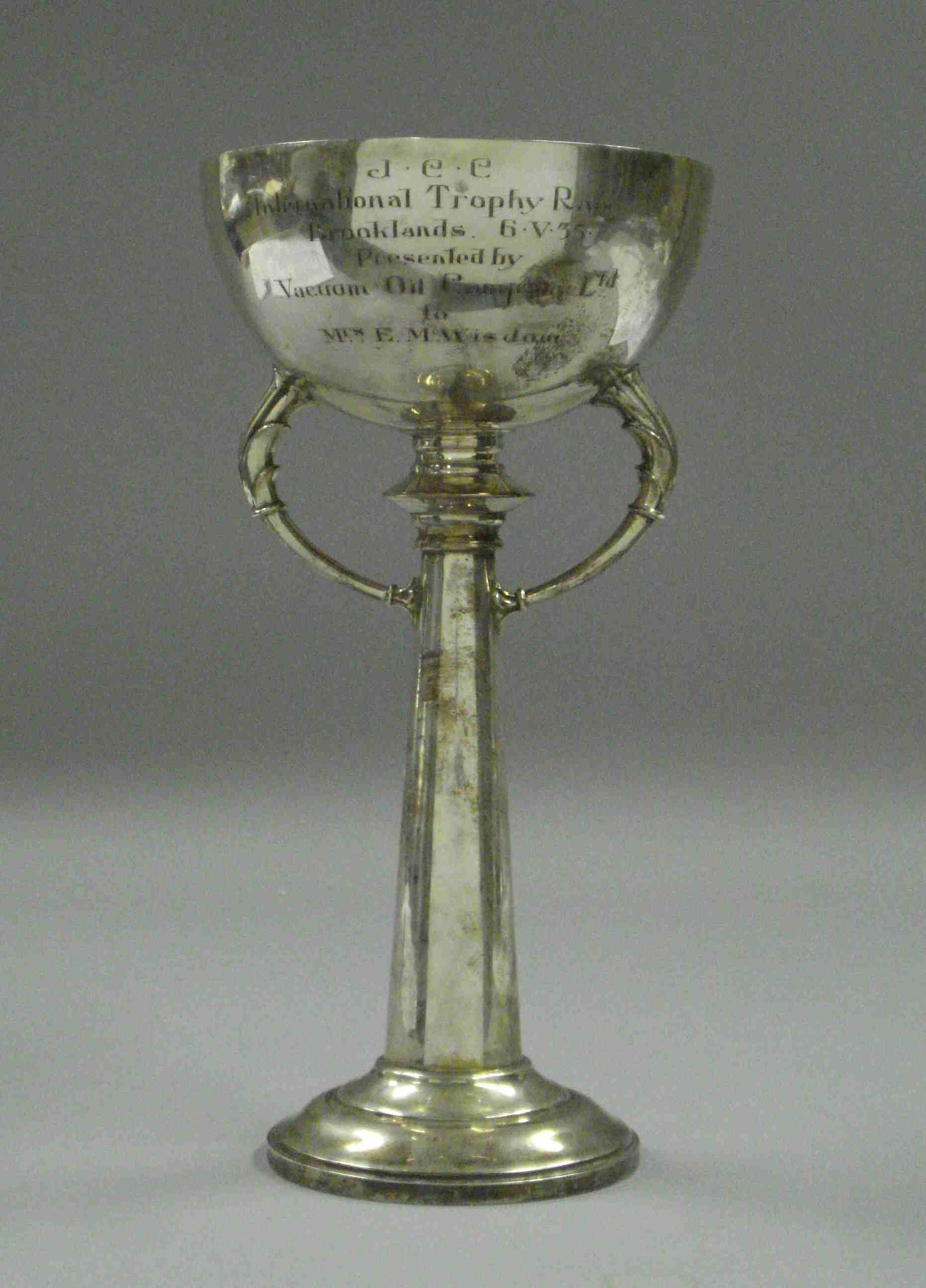
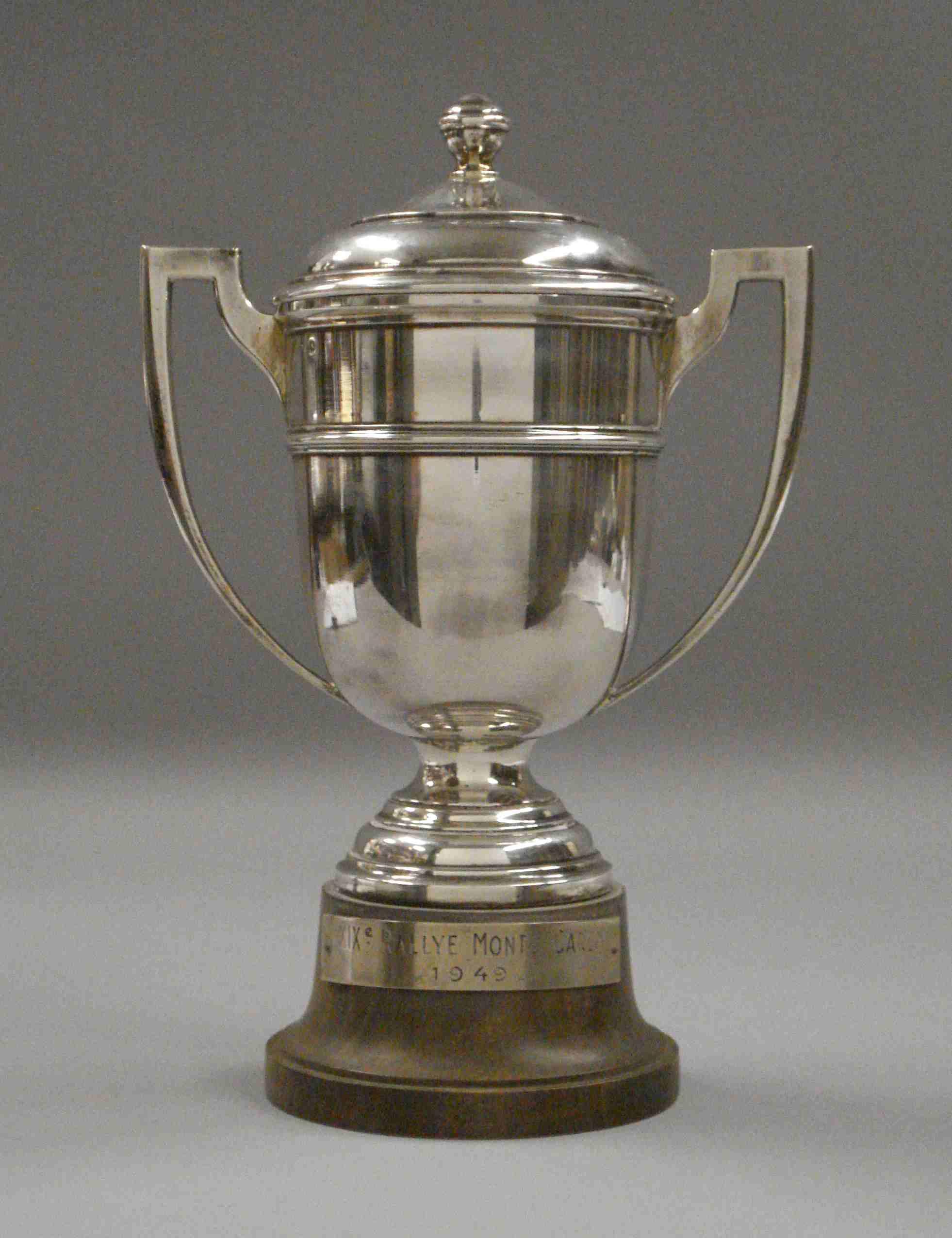
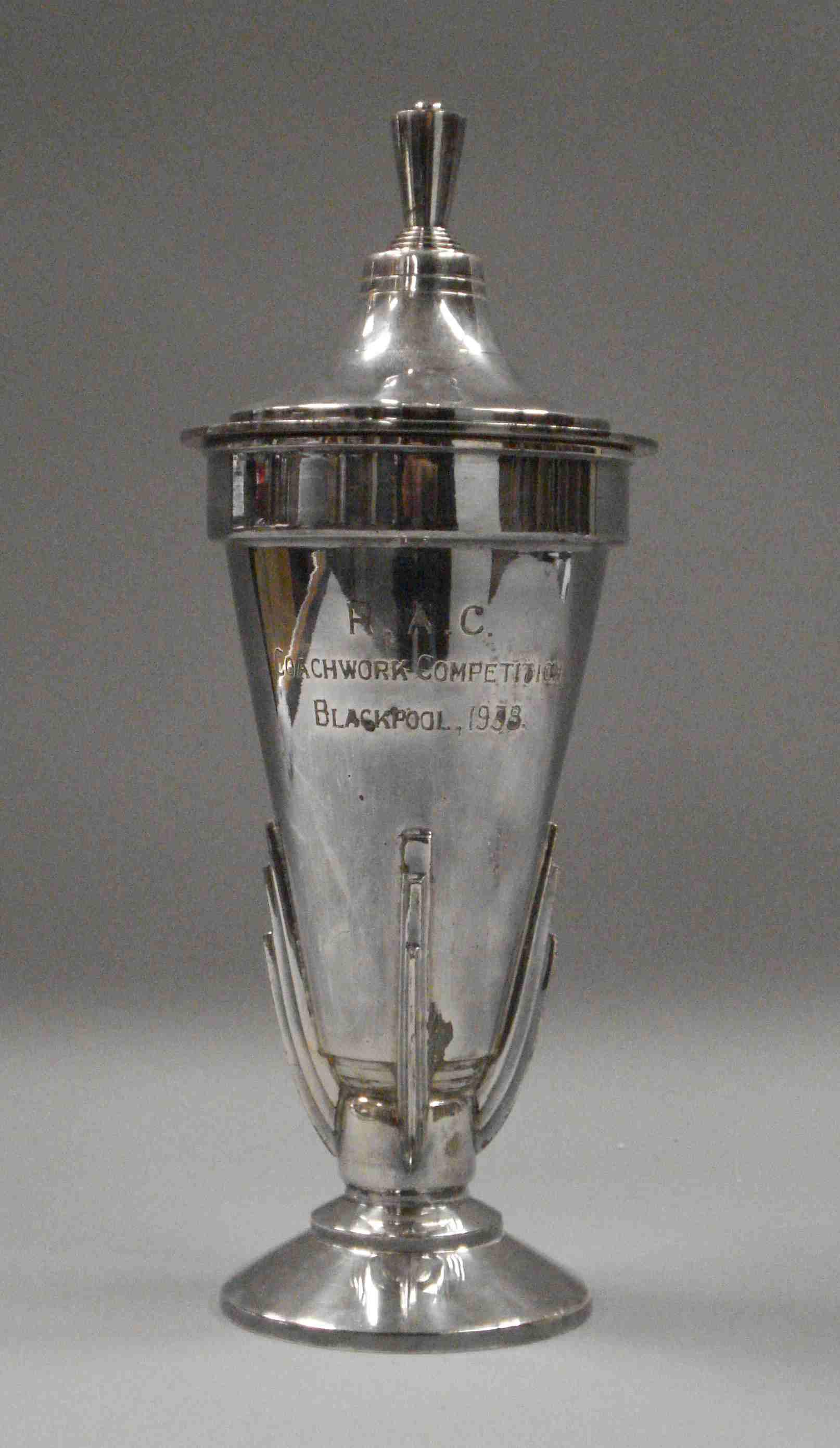
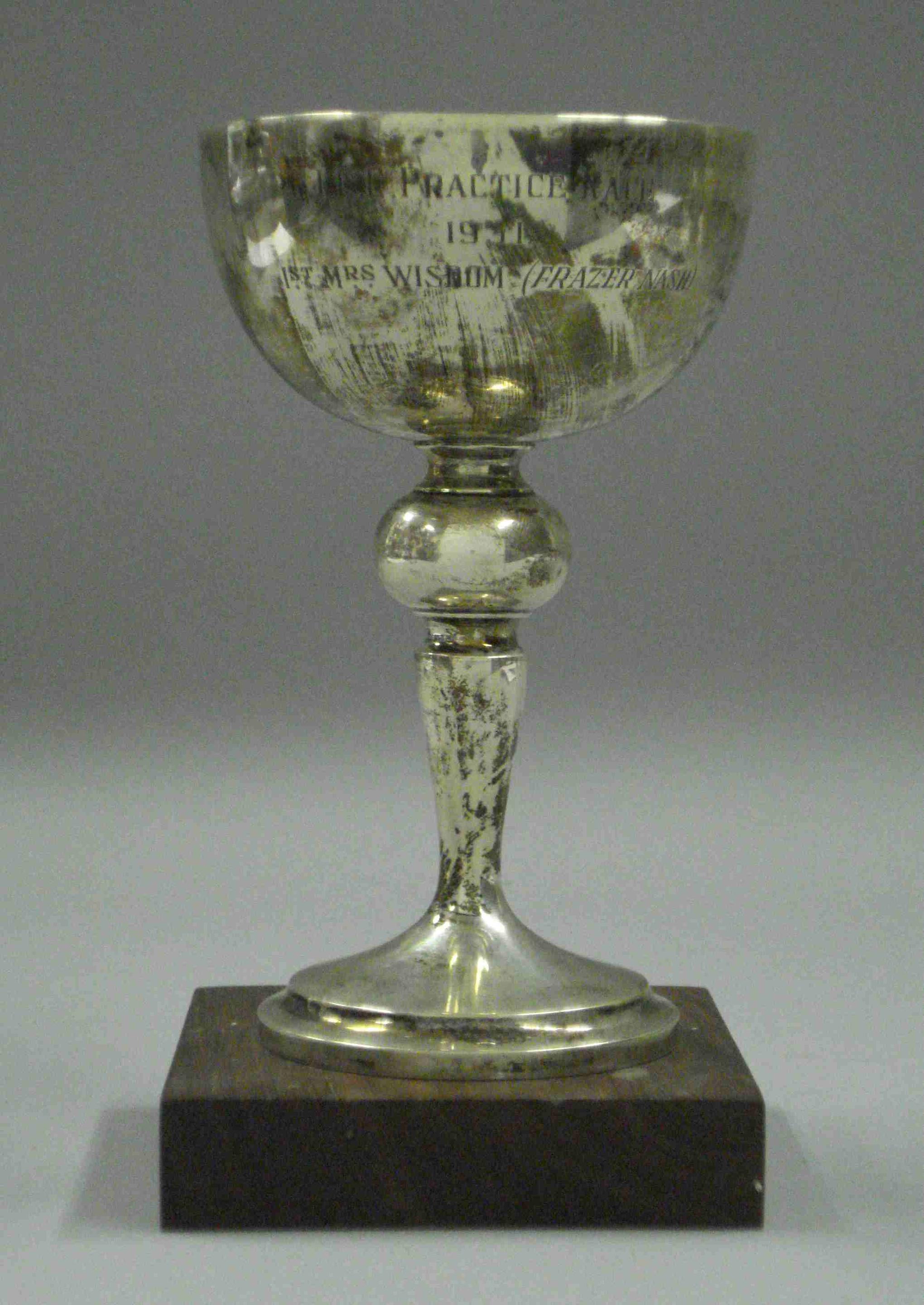
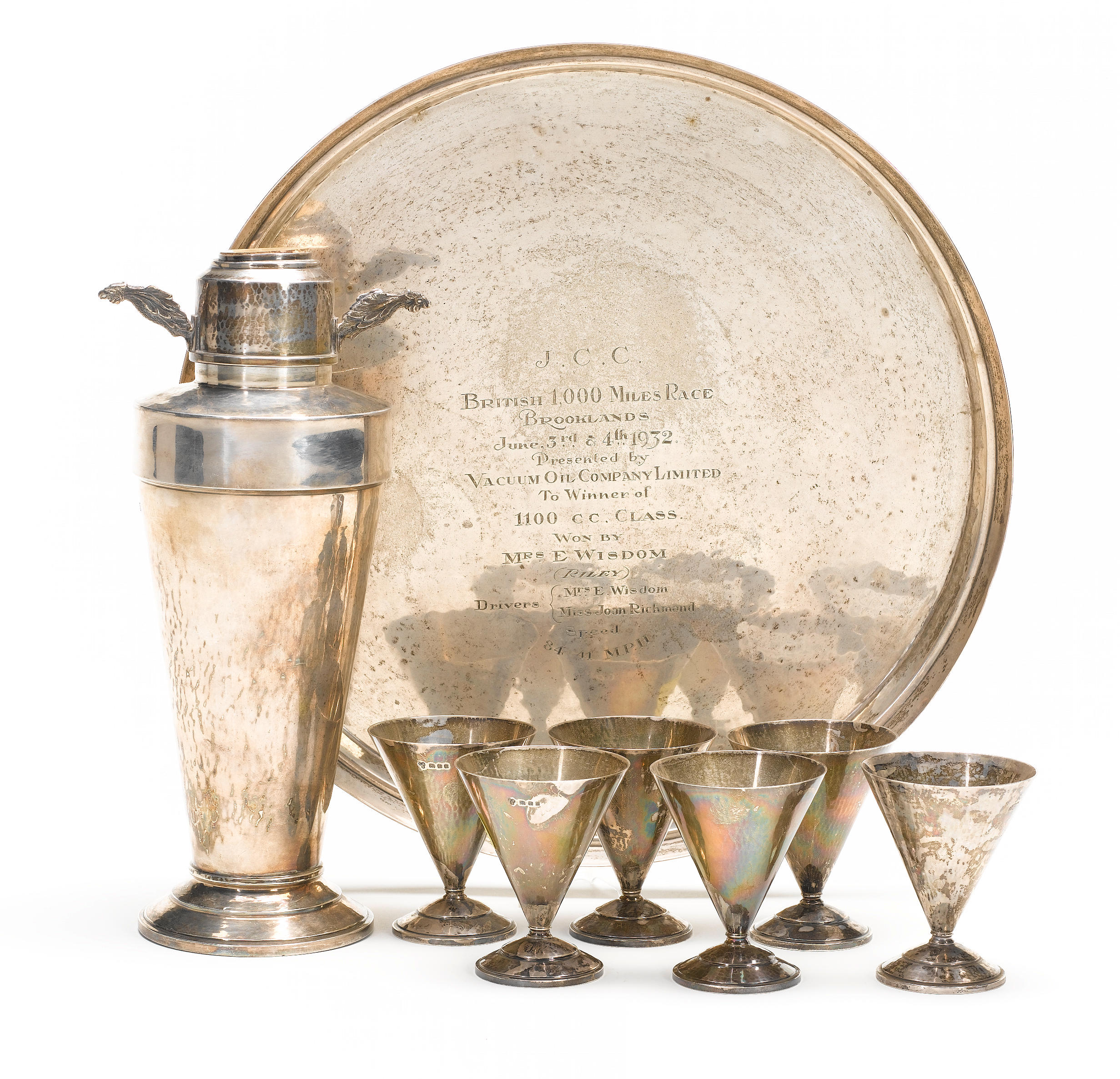
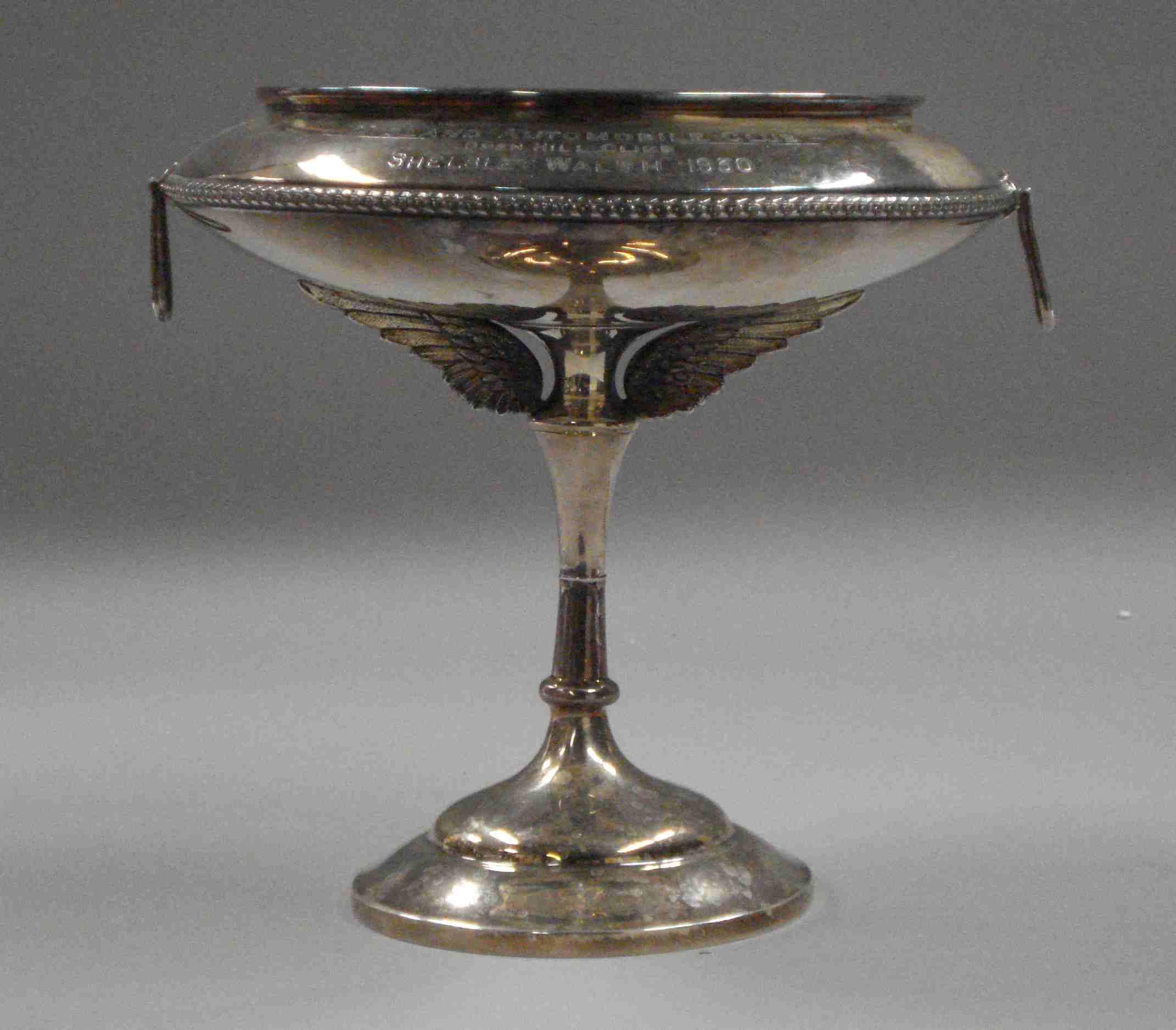
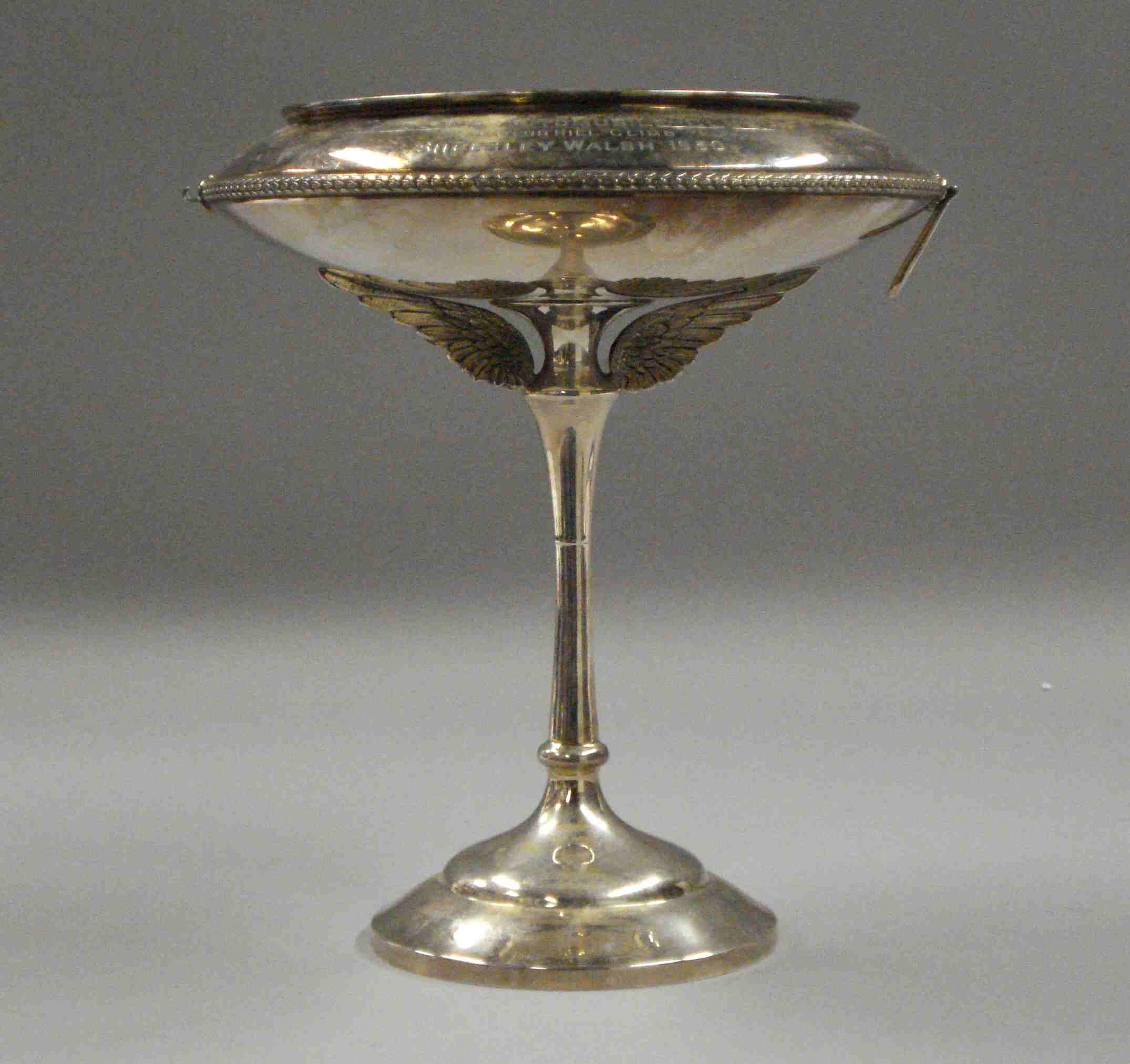
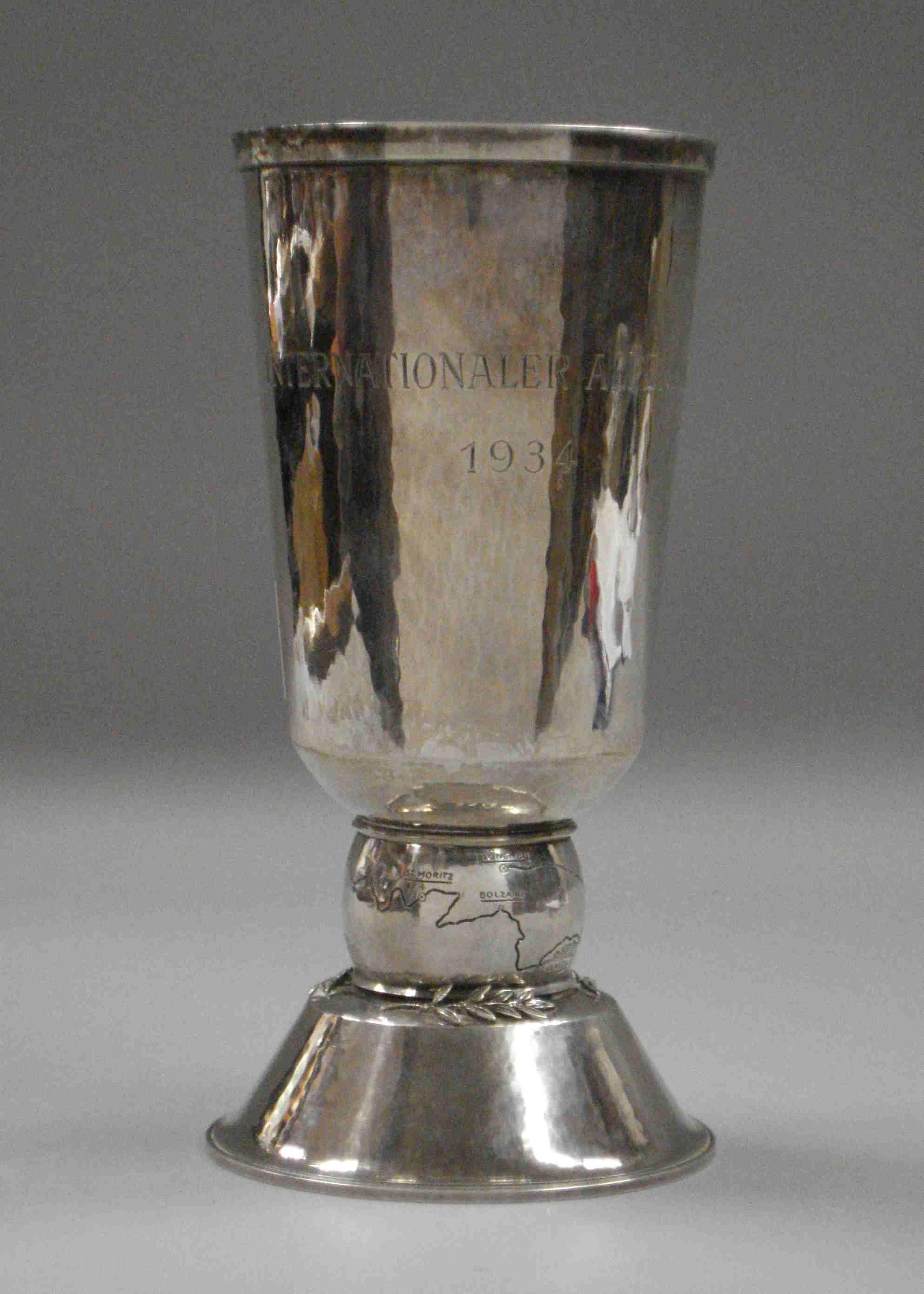
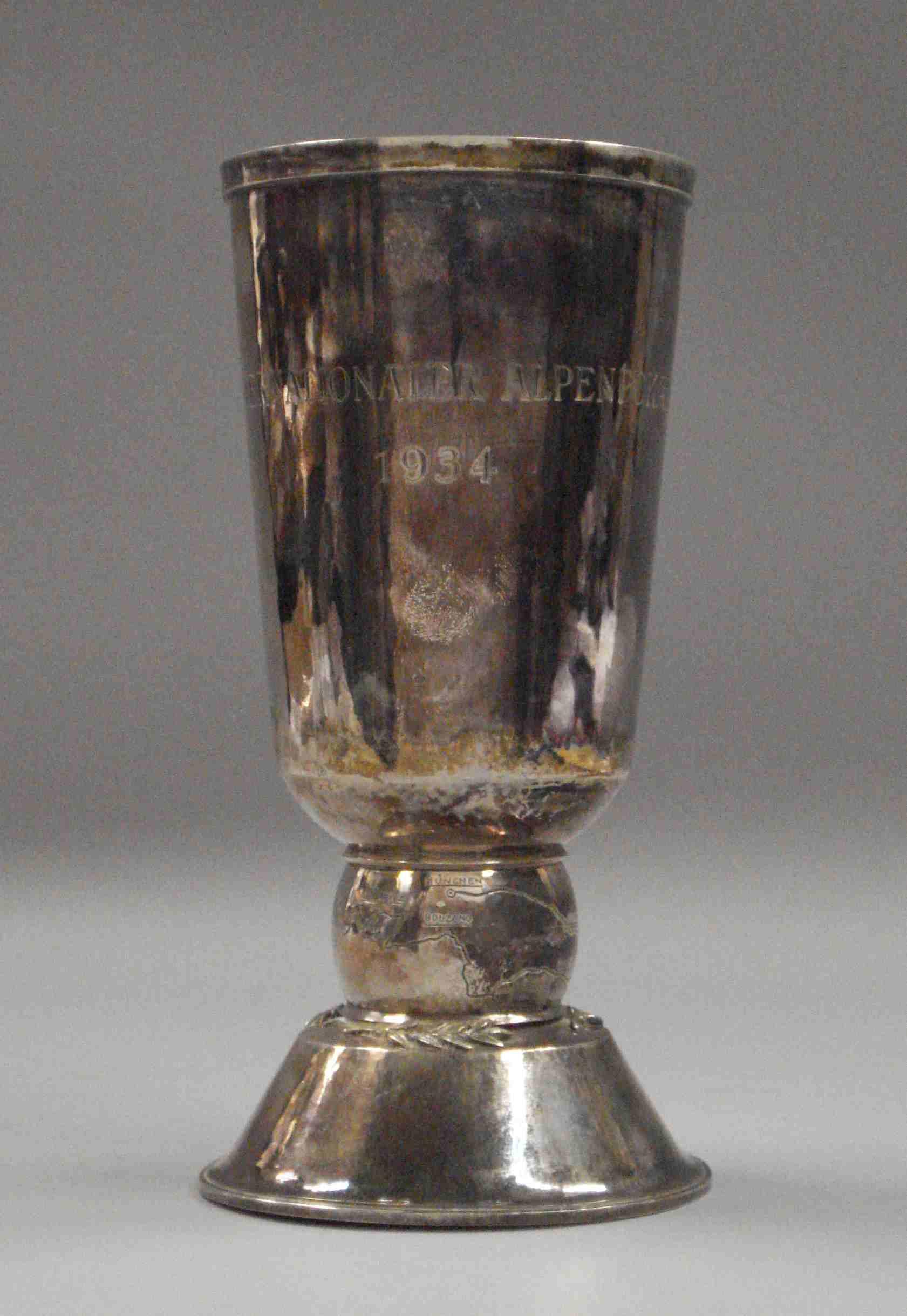

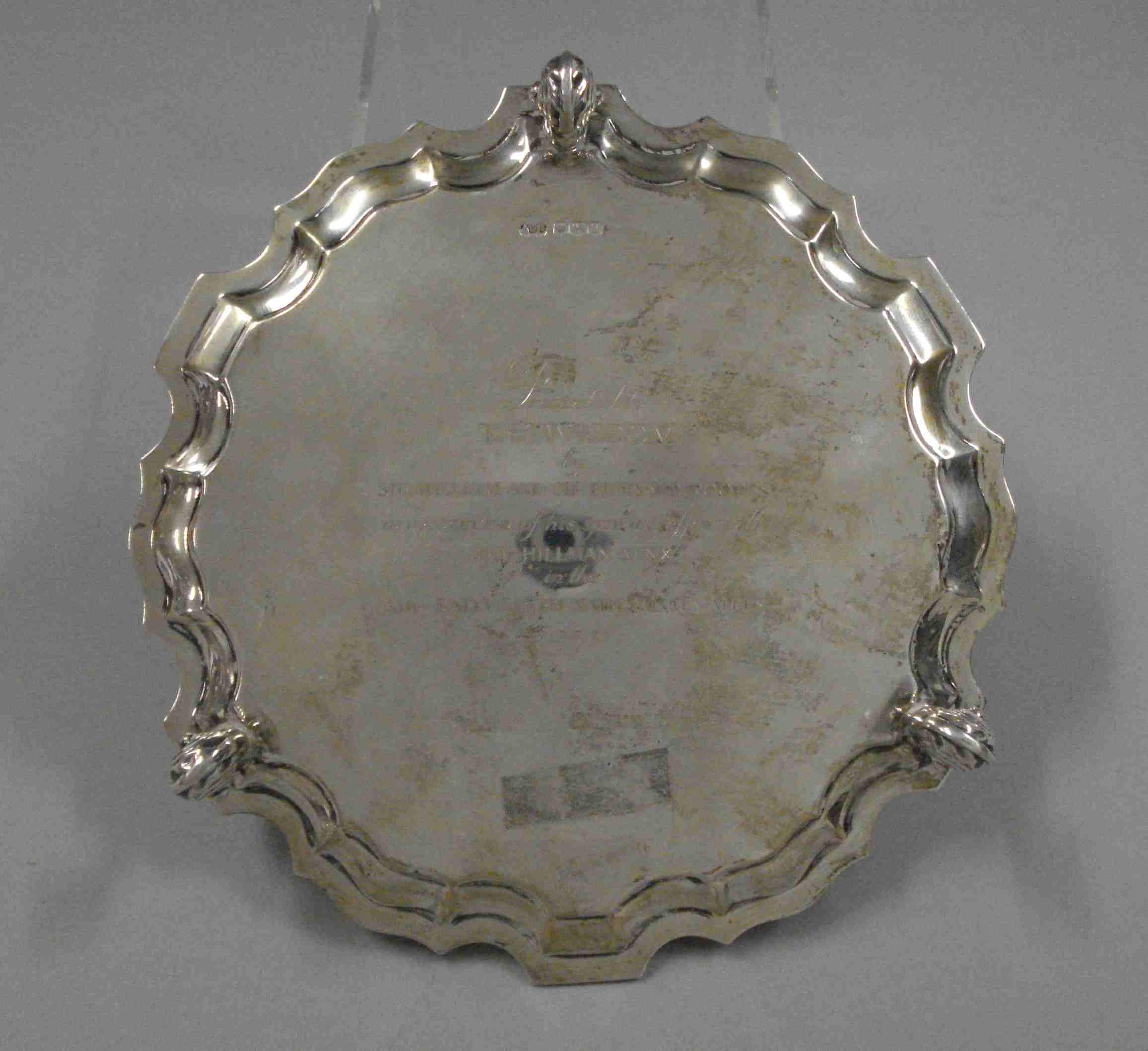
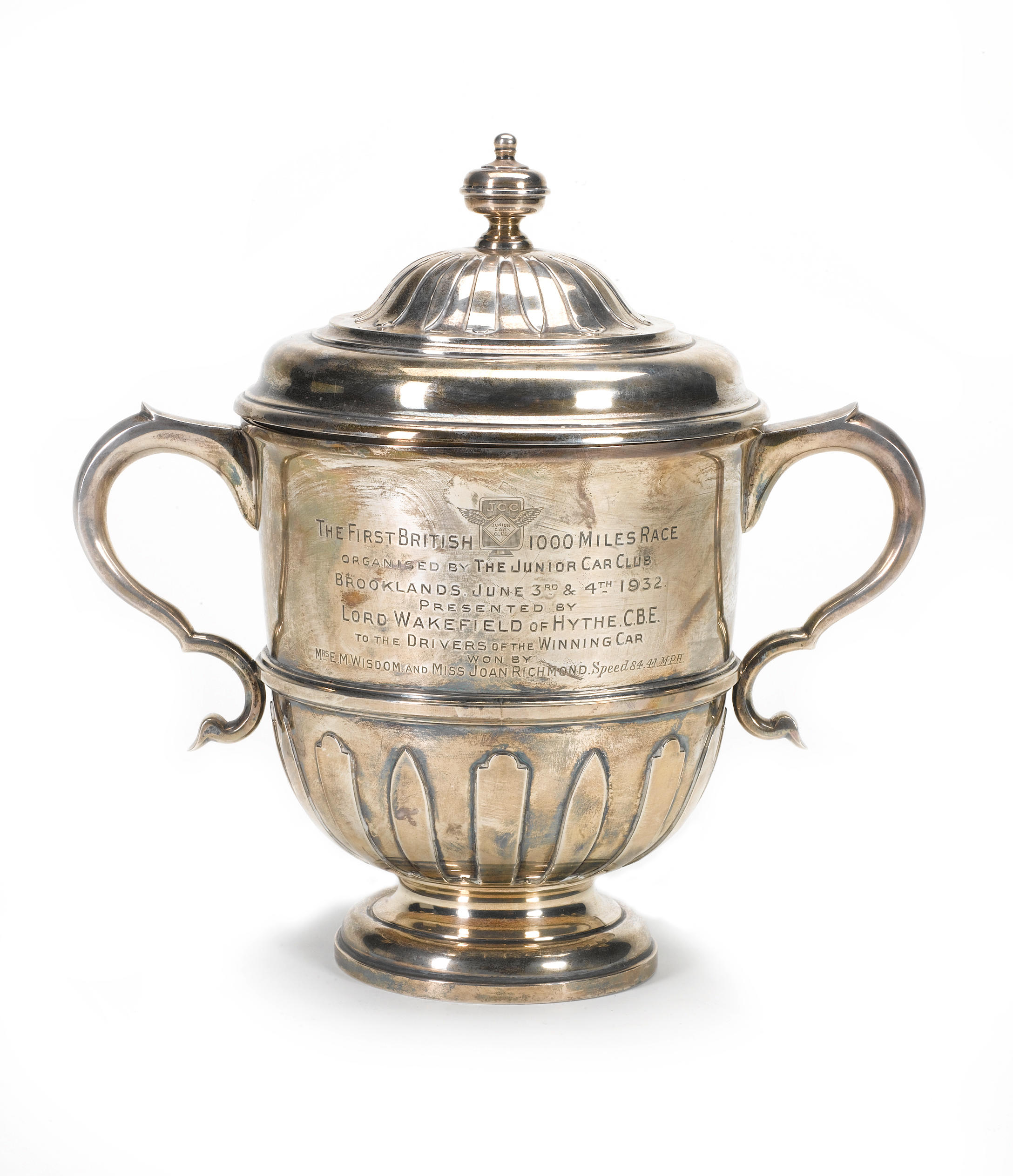



Testen Sie LotSearch und seine Premium-Features 7 Tage - ohne Kosten!
Lassen Sie sich automatisch über neue Objekte in kommenden Auktionen benachrichtigen.
Suchauftrag anlegen